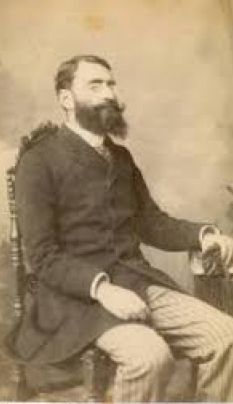
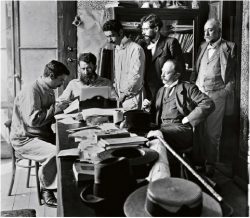 Ricardo de Almeida Jorge was born in Porto, on May 9, 1858.
Ricardo de Almeida Jorge was born in Porto, on May 9, 1858.
He attended the Porto Medical-Surgical School between 1874 and 1879, finishing his medical course at the age of 21, with a dissertation “The nervousness in the past” Starting his professional life at the Faculty of Medicine and Surgery of Porto. In 1880, he taught Anatomy, Histology and Experimental Physiology at the same Faculty and competed for the position of substitute professor in the Surgery Department of the same school. He elaborates a work on Driving Locations in the Brain, at a time when neurology was taking its first steps. Not delaying clinical practice, he travels abroad several times, attending the lessons of the neurologist Charcot.
Meanwhile returning to Porto, he published several articles in scientific journals and set up the first microscopy and physiology laboratory in Porto.
As neurology was his first interest, he left a monumental work, covering diverse subjects, focusing most of his legacy on the specialties of Hygiene and Epidemiology. His style goes beyond a man of science, as we can see in a comment by Camilo Castelo Branco of whom he was a friend “The style of Ricardo Jorge dismay everything that is known in parliamentary oratory, academic dialectics, civic eloquence of clubs and even in pulpit oratory … ”, in the work Serões de S. Miguel de Seide.
The studies carried out on hydrotherapy and Ricardo Jorge’s interest in thermalism and hydrology (carrying out some experiments on the effects of alkaline fluorides and in thermal waters) follow, in 1888, the exploration contract for fifty years, of Caldas do Gerês , where he held the position of clinical director between 1889 and 1892. Companhia das Caldas do Gerês, with no vocation for business activity, went bankrupt in 1893.initiative.
He received the Armando Basto (1954), António Carneiro (1955), Henrique Pousão (1957) awards. He was also distinguished with the Medal of Cultural Merit of the Chamber of Cerveira (1982) and with the gold medals of the Chambers of Porto, in 1988, and of Gaia, in 2002. He is represented in public and private collections, among which: Museum do Chiado; Machado de Castro Museum among others. In 2006 he presented an anthological exhibition of his work at Casa-Museu Teixeira Lopes, in Vila Nova de Gaia
On June 10, 2006, he was made Grand Officer of the Order of Merit.
Several debates about the installation of cemeteries in Porto, led Ricardo Jorge to give a series of conferences (1884), in a contesting attitude to what the health authorities thought about social hygiene, contributing to a great debate. It was a fundamental moment in the evolutionary process of public health in Portugal.
At the invitation of the Porto City Council, he was part of a study on the health conditions of the city, preparing a report published in 1988. He was appointed Porto’s municipal doctor in 1891, receiving another invitation in 1892 to administer the Municipal Health Services. and Hygiene of Porto and the Municipal Laboratory of Bacteriology.
In 1895 he was appointed Professor of the Chair of Hygiene and Legal Medicine at the Medical-Surgical School of Porto.
The studies of Ricardo Jorge, Arantes Pereira and the Count of Samodães, helped to influence Queen D. Amélia in the creation of the National Assistance to Tuberculosis and the construction of sanatoriums for the sick.
In 1899 Porto was hit by an outbreak of bubonic plague (in theory extinct in the West since 1700). Ricardo Jorge makes the diagnosis reporting to the competent authorities the outbreak of the epidemic. International aid was immediately requested and two hundred tubes of “Yersin” serum were ordered from the Pasteur Institute in Paris. Although several people were vaccinated by Dr. Calmette, among whom Ricardo Jorge’s own children, knowing this very well the conditions for the development of the plague, put in place strict sanitary measures and elimination of the disease-transmitting agents such as rats and fleas (for each large rat delivered to a police station, 20 reis were paid for each small 10), in addition to preventive measures for the eradication of the pest (isolation of patients and disinfection of houses where pathological cases were found)
The Health Council enacted a sanitary cordon around the city, defended by the army, however, the economic damage resulting from isolation and the instigation by some political groups led to a population revolt, resulting in some violent episodes.
Although protected by the authorities and counting on the solidarity of the doctors of Porto Ricardo Jorge leaves for Lisbon where he is appointed Inspector-General of the United Kingdom’s Health Services, hygiene lens at the Lisbon Medical-Surgical School and member of the Higher Council for Hygiene and Health .
In 1899 he created that of the Directorate-General for Health and Public Benefit and the Central Hygiene Institute, later Instituto Superior de Higiene (which today bears his name).
We can say that Ricardo Jorge at the end of the 19th century gave rise to a deep reform in public health in Portugal, in all aspects that are within his reach (academic, legislative and research)
The political instability of the First Republic did not allow the development envisioned by Ricardo Jorge and it was only during the Estado Novo with Marcelo Caetano as President of the Council of Ministers that a new impetus to health issues was given, the health model presented by Baltazar Rebelo de Sousa and Gonçalves Ferreira, key to the creation of the future National Health System.
An interesting curiosity was the fact that he banned coca-cola in Portugal (in 1927 as Director-General of Health), as reported after taking notice of the advertising slogan created by Fernando Pessoa “First you get strange, then you get involved”. It was only in 1977 that this ban was lifted.
He was active until almost the end of his life, intervening and participating in a meeting of the International Hygiene Office three months before he died in Lisbon, on July 29, 1939.
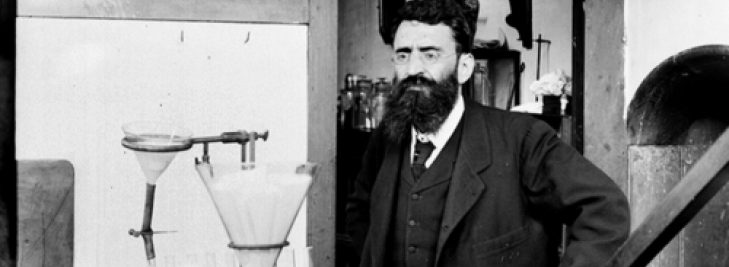

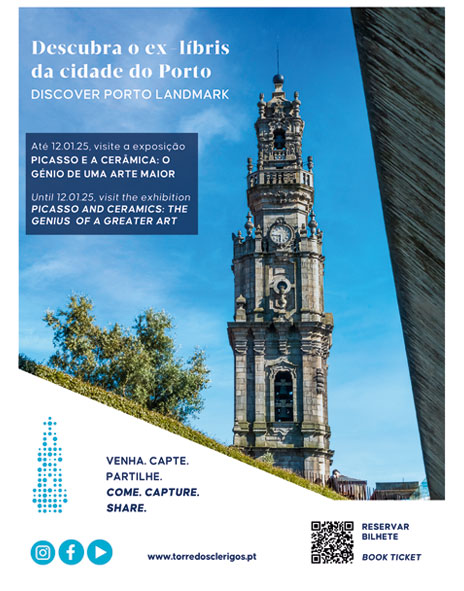
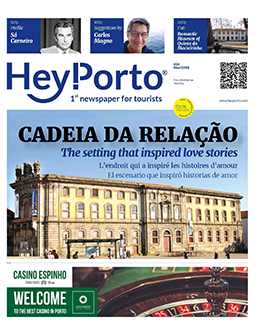
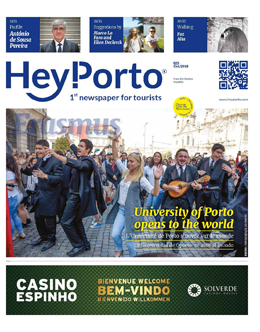

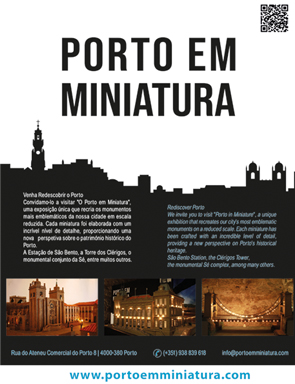


Comments are closed here.